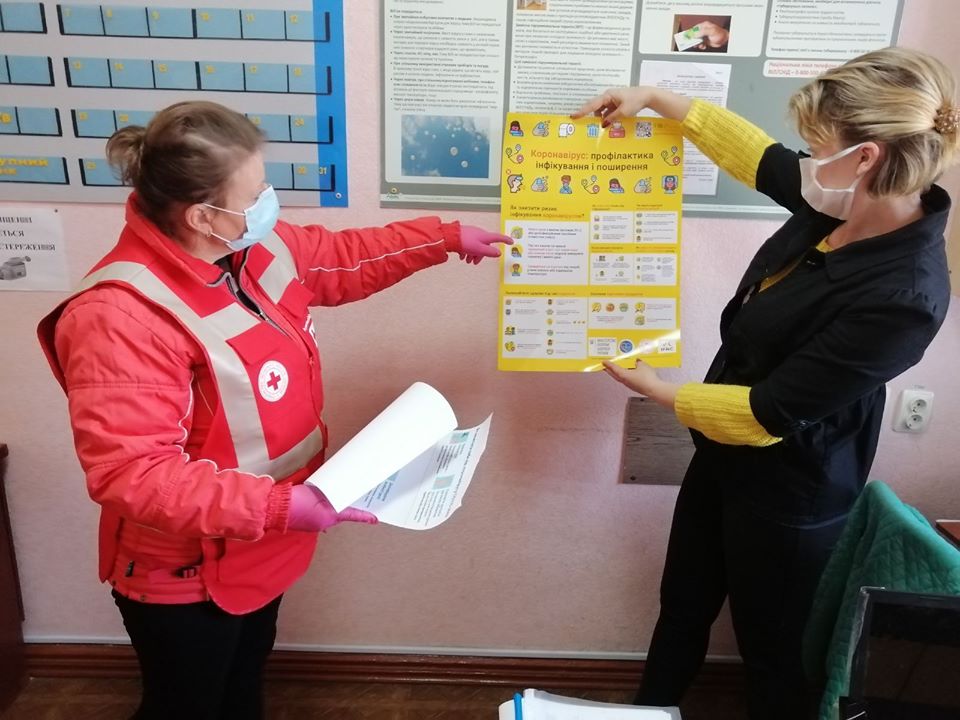Community-Based Surveillance Guide COVID-19

Community-Based Surveillance Guide COVID-19. Guidance is available in English, Spanish, French, and Arabic.
Community-based surveillance (CBS) is the “the systematic detection and reporting of events of public health significance within a community by community members”.1 The concept is that early warning can lead to early action, which can save lives. The Red Cross Red Crescent Movement is strategically placed to work in CBS given its extensive volunteer network and auxiliary role to the government in many contexts.
This document has been developed to assist National Societies in deciding if and how they may wish to include community-based surveillance in their preparedness and response plan for COVID-19. This tool is designed with the focus of COVID-19 and makes references to other global community-based surveillance tools such as the Community-based surveillance Assessment tool, Community-based surveillance Protocol template and global list of suggested health risks/events (shared as an annex). Additional CBS-related resources can be found here: https://www.cbsrc.org/resources
Given the complexity of COVID-19, its global scope, national priorities and National Society capacities, CBS may or may not be the best option to include in the response plan. This document provides guidance on the decision process for including CBS in a country’s COVID-19 response and specific considerations to include within CBS initiatives.
There are many ways to include various forms of surveillance and detection within NS activities, of which CBS is only one of them.
|
Process |
Purpose |
Who |
How |
|
CBS |
Immediate reporting of observed health risks that meet the COVID-19 criteria |
Trained CBS volunteers within the NS |
Volunteers report health risks matching COVID-19 during their regular activities, or through active surveillance activities. |
|
Contact Tracing |
The identification and follow-up of persons who may have come into close contact with an infected person with COVID-19 |
Officials, VHWs or CHWs (NS volunteers when requested) typically with special request, support and training from National or local government |
Close contacts to be isolated and monitored for 14 days following potential exposure. This entails: 1. Finding people who meet the definition of a close contact, and 2. Following-up on whether contacts develop symptoms (daily by phone if possible) |
|
Active Case Finding |
Systematic searching and screening for COVID-19 within targeted groups or locations believed to be at risk |
Epidemiologists, CHWs or others based on the Health System Capacity. May also include NS volunteers depending on auxiliary role of the NS to the MOH/ National CDC |
Requires rapid diagnostic testing capabilities and human resources, may include checkpoints, door-to-door, or searching within hospitals wards for people who may have been misdiagnosed. |
|
Reporting Hotline |
Communication network allowing community members to call and report if they believe COVID-19 is an issue in their community and provide information on symptoms for follow-up |
Community members, health facility workers, RCRC Volunteers (population/ community) |
Requires a national or local hotline established and maintained with referral connections |
|
Point of Entry Screening |
Screenings that are put in place at points of entry to assess whether symptoms are present in travelers |
Government officials (HWs, army, police, etc.), based on mandate can also be RCRC NS |
Based on National government requirements. Typically screening for symptoms aligned with WHO or National case definition |
